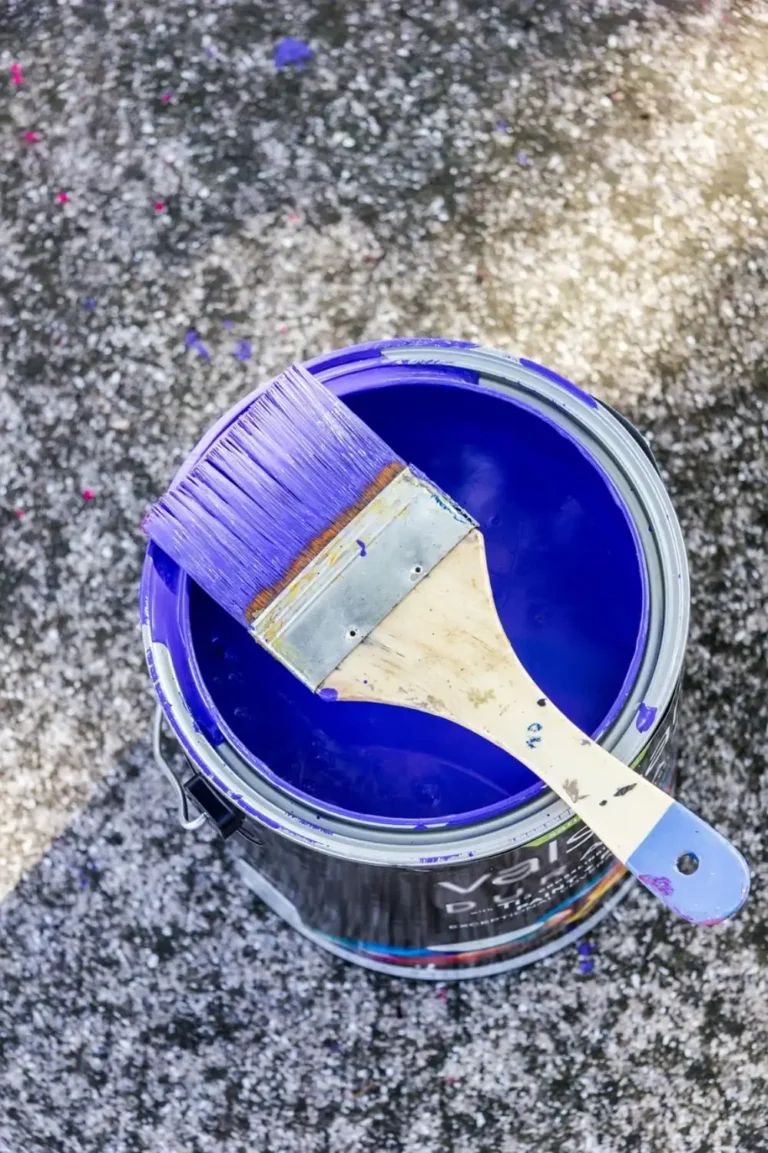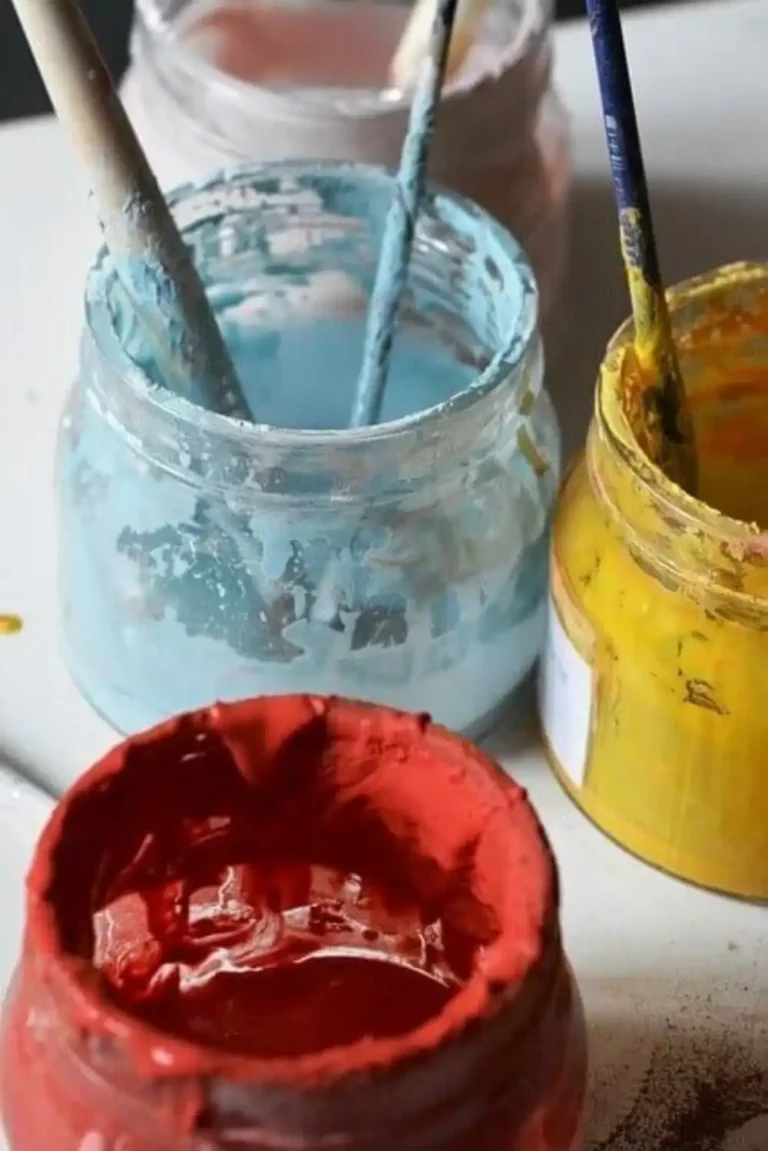Paint Rollers vs. Paint Sprayers: Which Method Is Right for Your Project
When starting a painting project, one of the first decisions you’ll face is how to apply the paint: with a roller or a sprayer. Each method has its own strengths, drawbacks, and ideal use cases. The right choice depends on your surface type, budget, experience level, and project size.
This guide explores both options in detail—so you can achieve professional results whether you’re painting indoors or outdoors.
The Importance of Choosing the Right Painting Method
Selecting between paint rollers and sprayers may seem like a small detail, but it can have a major impact on your project’s outcome. The right method can save time, reduce material waste, and improve overall finish quality. Choosing incorrectly can lead to uneven coverage, extra cleanup, or longer project times.
Understanding the key differences between these two application methods will help you decide which tool best suits your project, surface, and skill level.
Is It Better to Spray or Roll Exterior Paint
Exterior painting requires durability, consistency, and efficiency. Both rollers and sprayers can produce excellent results, but they serve different needs depending on the surface type and project scale.
Using Paint Sprayers for Exterior Painting
Advantages:
- Speed: Sprayers cover large areas quickly, making them ideal for whole-house exteriors or fences.
- Even Coverage: A sprayer delivers a smooth, uniform coat and easily reaches tight corners, cracks, and textured surfaces.
- No Roller Marks: Sprayers create a flawless finish without the lines or streaks that can appear with rollers.
Disadvantages:
- Higher Cost: Paint sprayers are more expensive to purchase or rent, which may be a limitation for small projects.
- Skill Required: Proper technique is essential. Without experience, overspray or uneven coverage can occur, requiring touch-ups or sanding.
Using Paint Rollers for Exterior Projects
Advantages:
- Control: Rollers offer precision and tactile feedback, making it easier to manage coverage and thickness.
- Affordability: They are less expensive than sprayers, ideal for homeowners or small projects.
- Great for Smooth Surfaces: Rollers perform well on flat surfaces like siding, walls, and concrete.
Disadvantages:
- Time-Consuming: Rolling takes longer, especially for large or multi-story exteriors.
- Potential for Uneven Coats: Applying inconsistent pressure can leave visible roller marks.
- Higher Paint Usage: Rollers can absorb and waste more paint compared to sprayers.
Deciding Which to Use for Exterior Painting
When choosing between the two methods for exterior work, consider the following:
- Project Size: Large projects benefit from the speed of sprayers; smaller ones are better suited for rollers.
- Surface Type: Sprayers excel on textured or uneven surfaces, while rollers work best on flat walls.
- Weather Conditions: Wind increases overspray risk when using a sprayer, while rollers are unaffected.
- Budget and Experience: Sprayers require a higher upfront cost and some practice; rollers are simpler for beginners.
Is It Better to Spray or Roll Interior Paint
Interior painting involves precision, cleanliness, and attention to detail. Both tools can achieve beautiful results, but the right choice depends on your goals, skill level, and workspace setup.
Paint Spraying Interior Walls
Advantages:
- Speed: Paint sprayers quickly coat walls, ceilings, and trim—ideal for large or empty rooms.
- Smooth Finish: They create a consistent, flawless look with no brush or roller marks, perfect for modern interiors.
Disadvantages:
- Extensive Preparation: You must mask or cover all non-painted areas, including floors, fixtures, and furniture.
- Potential Mess: Fine paint mist can travel farther than expected, making proper ventilation and protection critical.
Using Paint Rollers Indoors
Advantages:
- Precision and Texture Control: Rollers offer excellent control for textured walls or accent finishes.
- Ease of Use: Minimal setup and cleanup make rollers a go-to choice for most interior DIY projects.
Disadvantages:
- Slower Application: Covering large walls takes longer compared to spraying.
- Multiple Coats Required: Rollers may need two or more passes for full, even coverage.
Deciding Which to Use for Interior Painting
Choosing between rollers and sprayers indoors depends on your goals and conditions:
- Room Size: Small rooms or accent walls are perfect for rollers; large or high-ceiling spaces benefit from sprayers.
- Desired Finish: Sprayers deliver a smooth, seamless look; rollers can add subtle texture.
- Skill Level: Beginners find rollers easier to handle, while sprayers require practice for even results.
- Preparation Time: Sprayers need more masking and ventilation, while rollers require minimal prep.
Frequently Asked Questions
Can You Spray Paint Walls
Yes. Both interior and exterior walls can be spray painted. Just ensure proper masking and ventilation to prevent overspray and achieve clean results.
Do Paint Sprayers Use More Paint
Yes. Sprayers generally consume more paint due to overspray and the need for multiple coats. Rollers, while slower, are typically more efficient with paint use.
Final Thoughts
Both paint rollers and sprayers can produce professional-quality results when used correctly. Sprayers excel in speed and seamless finishes, ideal for large-scale or exterior projects. Rollers, on the other hand, provide greater control, cost-efficiency, and precision for smaller or more detailed work.
Ultimately, the best method depends on your project’s scope, your comfort level with the tools, and the finish you want to achieve. With the right preparation and technique, either approach can transform your space beautifully.






